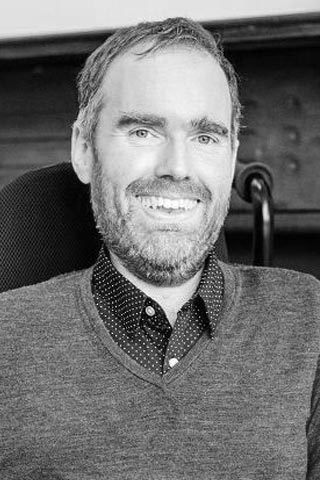Diversity Voices Interview: Toby Mildon, Diversity & Inclusion Architect
Toby, in your opinion are the existing D & I training protocols used in organisations fit for purpose? What do you think could be done differently to deliver more tangible results?
I feel that a lot of diversity and inclusion training covers behaviours like bullying and harassment and how that does not create an inclusive culture. There needs to be much more of an emphasis on why diversity is crucial to business (the business case) and behaviours that people should exhibit to create inclusive cultures. There is also a great opportunity to use new technology like virtual reality to develop empathy or artificial intelligence to deliver more personalised and timely education. Currently training offered is very static.
How in your opinion do we move the people within organisations in particular the leaders from Awareness of Inclusion issues to positive action?
Moving leaders from awareness to positive action can be achieved in a couple of ways. Firstly, by making small changes through “nudges”, which become everyday behaviours. These behaviours should be triggered through business as usual processes like 360° reviews, bonus conversations et cetera. Secondly, we need to “hardwire” inclusion into businesses by addressing systemic bias and issues. For example, pulling apart the recruitment process, identifying where unequal opportunities occur, designing a solution to level the playing field and then putting the process back together so that it is more inclusive and equitable.
What would you say are some of the more frustrating challenges that you consistently face in the work that you do supporting organisations to become more inclusive?
One of my key frustrations is organisations taking a very tactical or short-term view on diversity and inclusion. They don’t realise that diversity is already a given -- that we work in a diverse nation. They often think that a short course or programme will fix inclusion but don’t address culture or systemic issues.
In terms of the various glaring ‘pay gaps’ that are increasingly being highlighted, what steps would you like to see taken to help remedy them?
Very often businesses say that their pay gaps occur because there is a lack of diversity at the top of the organisation (who earn the most money). This is certainly a valid argument, however, organisations rarely come up with a robust plan to close the gap. Businesses need to create a strong, measurable and realistic succession planning strategy so that they have a clear picture of when the most senior parts of their business will be as diverse as the more junior levels of the organisation (And certainly the diverse workforce we are expecting in the future).
As a D & I expert, what is the last thing that you learnt that either surprised you or challenged your thinking?
That diversity is very diverse! As a diversity and inclusion practitioner it’s difficult to understand all of the issues and nuances between different groups of people. As a disabled man myself I have a good understanding of physical disability but certainly not all types of physical impairment or other types of disability. As a gay man I have a good understanding of LGBT matters but no first hand experience of being a lesbian woman. Therefore, as a diversity and inclusion professional one of the best things we can do is focus on pushing the inclusion agenda and coming up with some very simple principles to help others focus on inclusion as well.


